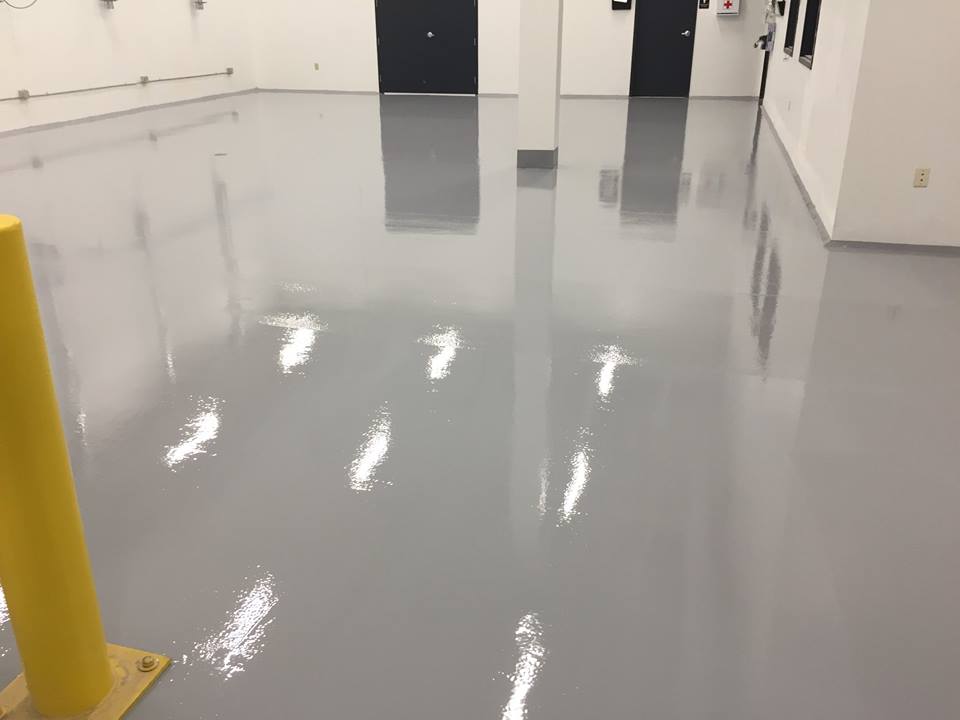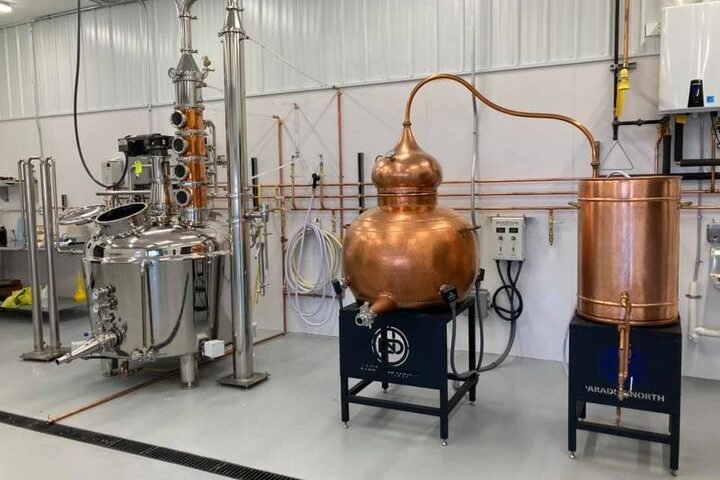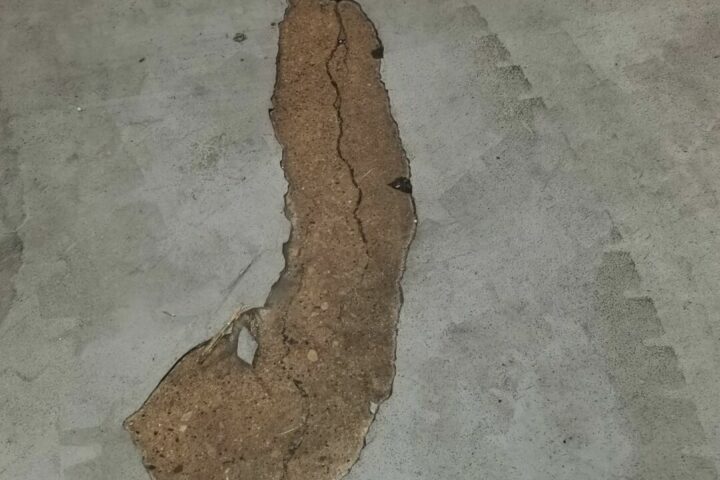The CrossLink Update:
ARE ALL EPOXY SYSTEMS THE SAME?
The answer is a most definite “NO”. In the August 2013 American Chemistry Council article ABOUT BPA: EPOXY RESINS, Steven Hentges, Ph. D. states “Epoxy resins…made from bisphenol A [BPA] are essential….They are used in industrial applications because of their toughness, strong adhesion, chemical resistance and other specialized properties.” However, BPA is only the foundational starting point of building a state of the art epoxy system.
Tom Larsen, GPS Technical Director, cites “optimal chemical resistance, abrasion durability, application characteristics and service performance of industrial grade epoxy systems is achieved with extensive testing on each formulation with the most current technology and components.” For example, modifying the system with an Aromatic diluent [used to lower viscosity] will improve chemical resistance when compared to Aliphatics. Using an Acrylic Resin will improve cure response, UV stability and durability. In addition, selecting a specific type of Amine hardener (Cycloaliphatic vs Aliphatic vs Amidoamine/polyamide) will affect chemical resistance, amine blush /water spotting concerns, cure response and adhesion. Finally, engineering each system with the right combination of fillers (Aluminum Oxide, Silica, Silicon Carbide, Calcium Carbonate, etc.) will significantly determine the durability, effectiveness and service life of the installed system.
Advanced Product Review: 100 Series (w/Advanced AR technology)
Greenstone Polymer Systems manufactures 100% solids epoxy semi self-leveling ABRASION/CHEMICAL RESISTANT (AR/CR) Industrial flooring and coating systems*. These extremely durable easy to apply (spray, roller, squeegee, brush applied) systems are engineered with state of the art components that resist chemical attack, amine blush and abrasion. 100 Floor Coating is advance formulated to maximize cure response, adhesion and service life.
*Also available in CR (Novolac), LT ( Low Temperature), HT (High Temperature), TFE (Release Properties)



